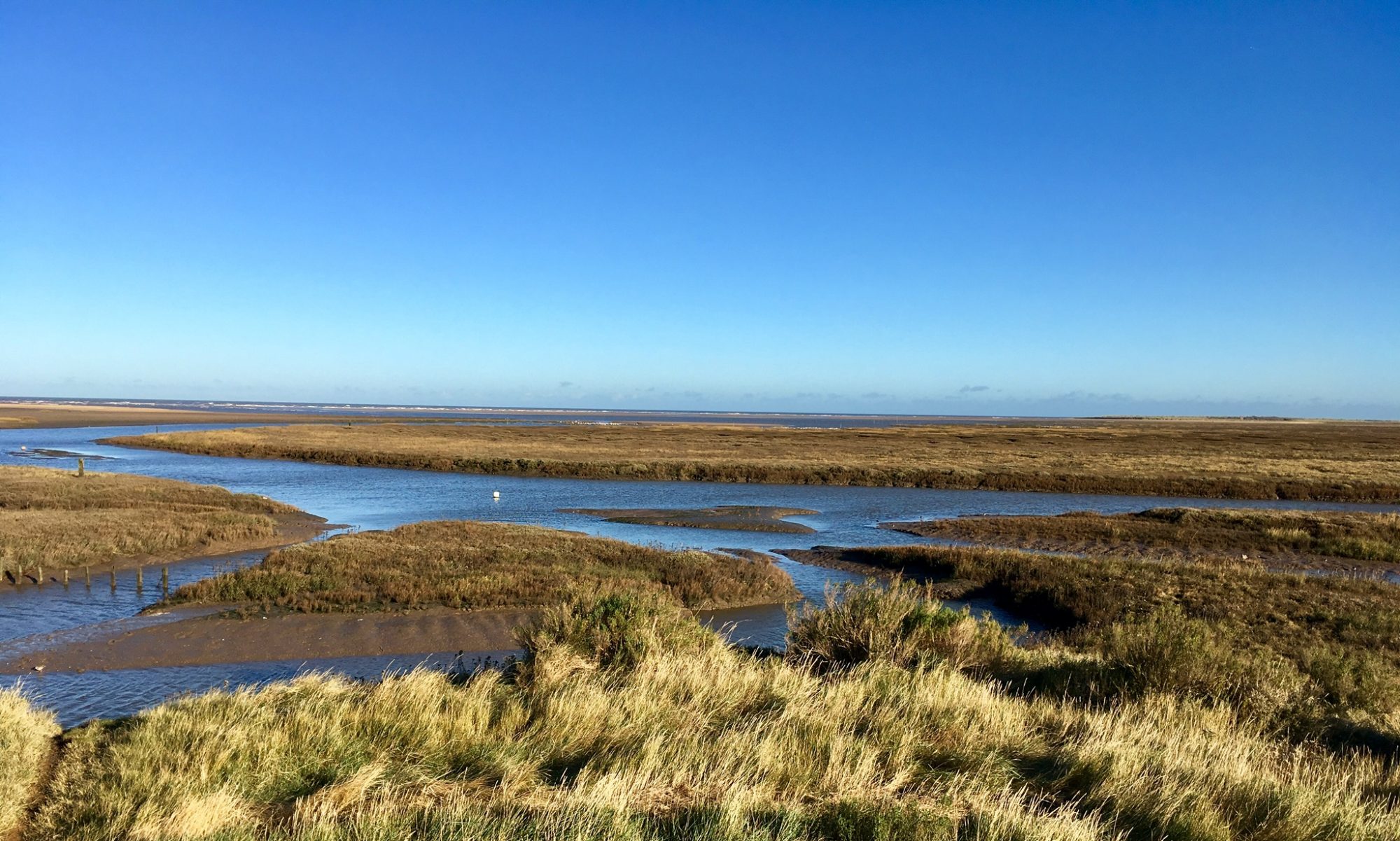A murmuration is a must see

I have wanted to witness a murmuration ever since I saw Bill Oddie on tv conducting starlings over the Somerset Levels about ten years ago. Yesterday gave us the perfect opportunity. We needed to take our two grandchildren home and it was good to share the spectacle with them. A minor detour on the way home and a stop-off at Attenborough Nature Reserve http://www.attenboroughnaturecentre.co.uk/. It was a cold, greyish afternoon. Not what was forecast – crisp and clear.
Click here to see:A few moments of a starling murmuration
What is a murmuration?
A murmuration is a mass, aerial display of thousands of birds which swoop and dive in unison. Starlings in particular, do it for a variety of reasons: they fly together to provide safety in numbers, they roost together for warmth, and of course they have a chance to have a natter together – also predators find it hard to catch a particular bird in a flock of thousands.

Foreign starlings swell the numbers
The numbers of birds swell as the winter deepens. The amount of starlings in one roost can rise to around 100,000. Large numbers of starlings visit us during the winter months from overseas, to take advantage of our warmer climate!
Just as the sun sets
The optimum time to see them across the UK is around dusk in winter. Binoculars are not usually required as, if you are in the right spot, the aerial display will take place directly above your head – although you may need an umbrella! Seaside piers, reedbeds and buildings are favourite congregating places as the sun sets.
Sadly, starling numbers are in decline
Forty years ago starlings would gather in great numbers over city rooftops but now the numbers are fewer and they are more likely to be seen in rural areas.
Starling murmurations
Flocks of starlings arrive from all around, they come together in the sky above the roosting site. As the numbers of starlings swell the murmuration creates shapes in the sky, the shapes grow as the flocks merge together. And then, when the light fades, they seem to decide as one that it is time to settle in for the night. They descend and that’s it, the performance is over.

The children saw a banana, an avacado, a fish, a worm, a motorbike…

